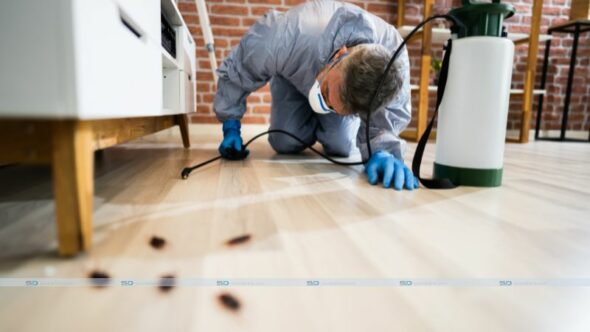It takes patience and effort to polish resin to a high gloss and can be used to bring all types of epoxy resin or polyester-based resin to a high gloss shine. When done carefully and correctly, a well-polished resin cast can look absolutely amazing.
Learn how to Sand and Buff Epoxy Resin
The method starts with a good detail sanding working up through the grits from rough to very fine wet sanding. After sanding different grits of a polishing compound is applied and everything is finished off at a buffing wheel using very fine polishing abrasives. Finally, a wax polish is used to buff the surface to a bright shine. Whatever the resin project, use this epoxy resin calculator on https://squidpoxy.ca/pages/calculator to find out how much epoxy resin you will need. Here are some tips on how to improve the shine on the surface:
Learn How to Sand and Buff Epoxy Resin
Step 1 – Cleaning
Before polishing can begin the surface must be properly cleaned to remove any grit or mold release that may have occurred.
Step 2 – Gather Tools and Materials
You will need the following tools and materials:
• Sandpaper in different grits from 120 through to 2000
• A sanding block
• Scratch remover compound
• Water
• Rubbing compound
• A scratch-free, lint-free polishing cloth
• Two grits of buffing compounds
• A buffing wheel
• Mother’s Carnuba car wax
• Mother’s polishing ball with a drill attachment
Step 3 – Sanding
Start sanding with a 120 grit sandpaper and cover the entire surface before moving up to the next grit, working from 120 to 180, 220, 400, 600, 800, 1000, 1500, 2000 grit. Around the 400 grit mark, you can switch from dry to a wet sanding method with sandpaper that is specially made to work with water. Copious amounts of water will help to control the fine dust produced and will also prevent the sandpaper from filling up with dust too quickly.
Wear a dust mask throughout the sanding process as the fine resin dust is not something you want to breathe in. Sanding can be done by hand using a sanding block but depending on the size this can be very tiring. A detail sander can speed up the process and larger sanders can be used for larger surfaces. If the surface is not entirely flat, hand sanding can prove to be very effective and flexible at getting into detailed crevices and contours.
Be absolutely certain that each sanding is done as thoroughly as possible before moving on to the next size grit. Failure to do so will show up at the end when the surface becomes more polished and you will have to start all over again.
Step 4 – Check for scratches
Check for scratches after each sanding by wiping down the resin surface with a clean towel and wetting it down. Use your fingers to rub the water in as this will help to expose any potential scratches and inconsistencies. By the time the 2000 grit sandpaper is used the resin should start to look clear but not yet polished to a shine.
Step 5 – Rubbing Compound
Apply a small amount of wax rubbing compound with a soft cloth and rub it vigorously into the surface before buffing off with a clean cloth.
Step 6 – Polishing Compound
Apply a wax polishing compound to bring out the initial shine of the resin, rubbing it in and buffing it off with a clean cloth.
A Mother’s Ball polishing tool attached to the chuck of a corded drill or a drill press is a mechanical method that can be used as an alternative solution to hand buffing. Be careful as polishing compound gets flicked around during this process and hold on tightly to the drill to prevent it from getting away from you when it starts to spin.
Step 7 – Buffing
Any type of buffing compound system with a buffing wheel will work well. For larger areas, you may have to reapply the compound to the wheel a few times. Avoid staying in one place for too long as the process can build up significant heat and you should keep things as cool as possible.
The next step is to use a diamond buffing compound on a softer cotton or linen blend wheel using the same technique as above.
Step 8 – Finishing
The final step is applying a general-purpose, hard finish, high gloss wax such as Carnuba brand wax that is fairly standard for this type of polishing. Swap to an all flannel wheel loaded with a small amount of wax. Less is always better for a final buffing as you can ruin the surface with too much wax build-up. You can always apply more if needed.
At this stage, the resin should be gleaming. If the surface is relatively smooth at the start, some steps can be omitted. You can also click here to learn more.







